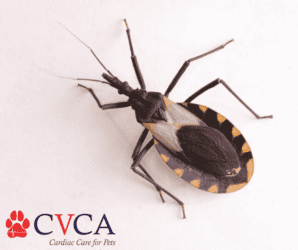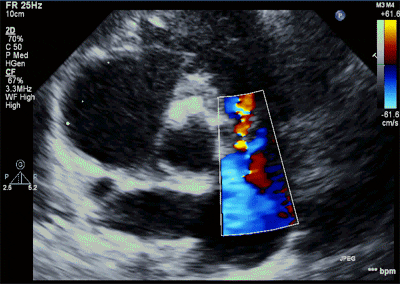Tests needed to diagnose Chagas disease:
- An ECG to check the heart rhythm.
- A Holter monitor device the dog wears to check the heart rhythm (for more than 24 hours), gather more information about any heart rhythm problems and help guide treatment.
- An echocardiogram, which is an ultrasound of the heart that measures the heart size and function as some patients with Chagas disease start with a normal heart and get progressively worse.
- A blood test to check for antibodies to the parasite with a positive test showing a titer of greater than 1:60.
Treatment:
- The medication for affected dogs manages the damage the parasite causes and can:
- improve the heart rhythm
- improve the strength of the heart
- decrease any fluid that builds up in the body
- There is no specific treatment to get rid of the parasite.
Outcome:
Outcomes are variable, but if the patient has fluid buildup or rhythm problems, the average is a one year survival.
Our medical staff will be happy to answer any questions you may have or discuss treatment options in more detail. Our goal is an open collaboration with your veterinarian to develop an individualized treatment plan that will provide optimal quality care for your canine family member.



